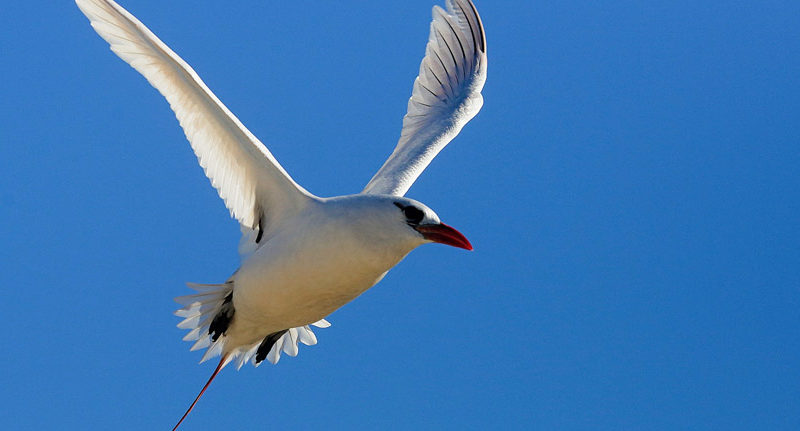Discover the Untouched Beauty of Madagascar Tsimanampesotse National Park
Madagascar is a land of unique wildlife, diverse ecosystems, and mysterious landscapes. Among its hidden treasures lies Madagascar Tsimanampesotse National Park, one of the country’s most intriguing yet less-visited natural reserves. This extraordinary park, situated in the southwest region of the island, offers travelers a chance to witness rare flora, endemic wildlife, dramatic limestone formations, and a vast salt lake with no outlet to the sea.
Whether you are a nature lover, an adventurer, or a curious traveler seeking off-the-beaten-path destinations, Madagascar Tsimanampesotse National Park promises an unforgettable experience. In this detailed guide, we will explore the history, geography, biodiversity, cultural importance, and travel tips for visiting this natural wonder.
What Makes Madagascar Tsimanampesotse National Park Special?
Madagascar boasts several world-renowned parks such as Isalo and Andasibe, but Tsimanampesotse National Parkstands out because of its unusual salt lake ecosystem, ancient caves, and its mystical aura. The park’s Lake Tsimanampesotse is turquoise, shallow, and salty—home to greater flamingos, rare blind cave fish, and unique flora that thrive in the dry climate.
This park also carries great cultural and spiritual significance for the local Antandroy people. Its caves and sacred groves are places of legends and rituals, blending natural heritage with deep cultural traditions.
Location and Geography of Madagascar Tsimanampesotse National Park
Situated in the Atsimo-Andrefana region of southwest Madagascar, the park lies about 90 km south of Toliara (Tuléar). Covering an area of over 430 square kilometers, it stretches across semi-arid landscapes characterized by spiny forests, baobabs, and limestone plateaus.
The centerpiece is Lake Tsimanampesotse, which spans around 15 km long and 2 km wide. Despite its size, the lake is shallow and extremely saline, making it unsuitable for fish but ideal for flamingos and specialized microorganisms. The surrounding limestone massifs are dotted with sinkholes, caves, and underground water networks—some of which remain largely unexplored.
History and Conservation of Madagascar Tsimanampesotse National Park
The park was established in 1927 as Madagascar’s first protected area, initially focusing on Lake Tsimanampesotse and its avian life. It became a national park in 1966, gaining more recognition for its biodiversity.
Today, Tsimanampesotse National Park is managed by Madagascar National Parks (MNP) and recognized as part of the UNESCO World Heritage Tentative List due to its exceptional natural and cultural value. Conservation efforts include protecting endemic species, maintaining sacred sites, and promoting sustainable tourism with the support of local communities.
Biodiversity in Madagascar Tsimanampesotse National Park
Flora
The flora of Madagascar Tsimanampesotse National Park reflects the harsh, arid environment. You’ll find spiny forest vegetation, baobabs, and unique succulents that have adapted to low rainfall. Some plant species are endemic to this region and cannot be found anywhere else in the world.
Fauna
The park is home to a variety of fascinating creatures:
-
Birds: Greater flamingos, lesser flamingos, Madagascar plovers, and other waterbirds thrive around the lake.
-
Reptiles: Several species of radiated tortoises and endemic geckos are found here.
-
Mammals: Though less dense than in rainforest parks, lemurs such as the gray mouse lemur and ring-tailed lemur inhabit the area.
-
Fish: Interestingly, the underground water systems host blind cave fish (Typhleotris madagascariensis), a species found only here.
This combination of wildlife makes Tsimanampesotse National Park a paradise for birdwatchers, herpetologists, and nature enthusiasts.
Cultural and Spiritual Importance
For the Antandroy people, the park is more than just a natural reserve—it is sacred ground. The caves within the limestone formations are believed to house spirits and ancestral powers. Some areas are forbidden to outsiders, while others are used for rituals and ceremonies.
Travelers must respect these cultural beliefs when visiting. Local guides often share legends about the sacred lake and caves, enriching the experience with cultural storytelling.
Things to Do in Madagascar Tsimanampesotse National Park
1. Explore Lake Tsimanampesotse
The highlight of the park, Lake Tsimanampesotse, attracts thousands of flamingos during breeding season. Visitors can admire these elegant birds as they feed on algae and small invertebrates. The shimmering salt lake offers spectacular photography opportunities, especially at sunrise and sunset.
2. Birdwatching
Bird enthusiasts will find Madagascar Tsimanampesotse National Park a haven for both endemic and migratory species. Bring binoculars and enjoy the sight of flamingos, vangas, and rare plovers.
3. Visit the Caves
The park contains caves and sinkholes filled with stalactites, underground lakes, and mysterious legends. Some caves harbor blind fish and rare bats. Exploring these caves with a local guide adds both adventure and cultural depth to the visit.
4. Trekking and Hiking
Several trails cut through the park, from short walks around the lake to longer treks through spiny forests. Hiking offers a chance to admire the unique landscapes, baobab trees, and hidden wildlife.
5. Cultural Encounters
Engage with the local Antandroy people to learn about their traditions, music, and oral stories connected to the park. These encounters make the trip more meaningful and respectful.
Best Time to Visit Madagascar Tsimanampesotse National Park
The park lies in a semi-arid region with hot and dry conditions most of the year. The best months to visit are April to November, during the cooler dry season.
The flamingo population peaks between June and October, when water levels are ideal. Avoid the rainy season (December to March), as some roads may become impassable.
How to Get to Madagascar Tsimanampesotse National Park
The park is located south of Toliara, and reaching it requires planning:
-
By Road: From Toliara, you can travel by 4×4 vehicle along sandy and rough tracks. The journey takes around 4–6 hours, depending on road conditions.
-
Tours: Many visitors choose guided tours that include transport, meals, and park entry fees.
-
Local Access: Hiring local guides at the entrance ensures a richer experience and helps support the community.
Accommodation Options Near the Park
Since the park is remote, accommodation is limited but available in nearby villages or in Toliara. Options include:
-
Eco-lodges: Small lodges near the park entrance offer simple yet authentic stays.
-
Hotels in Toliara: For more comfort, stay in Toliara and make a day trip.
-
Camping: Adventurous travelers may arrange camping inside or near the park with proper guidance.
Responsible Tourism at Madagascar Tsimanampesotse National Park
Tourism plays a vital role in sustaining conservation. When visiting, remember:
-
Respect sacred areas and cultural traditions.
-
Avoid disturbing wildlife, especially flamingos during nesting.
-
Minimize plastic use and carry waste out of the park.
-
Support local guides and businesses to ensure community benefits.
By traveling responsibly, visitors contribute to the long-term protection of Tsimanampesotse National Park.
Comparison with Other Madagascar Parks
While Isalo National Park is famous for its canyons and waterfalls, and Andasibe National Park for its rainforest lemurs, Tsimanampesotse National Park offers something entirely different. Its dry spiny forest, salt lake, and sacred caves create a distinctive ecosystem that showcases Madagascar’s ecological diversity.
For travelers seeking variety, combining Tsimanampesotse National Park with other parks gives a well-rounded view of Madagascar’s landscapes and wildlife.
Travel Tips for Visiting Madagascar Tsimanampesotse National Park
-
Bring Binoculars & Camera: Perfect for birdwatching and landscape photography.
-
Wear Light Clothing: The climate is hot and dry; sun protection is essential.
-
Hire Local Guides: They provide cultural insights and ensure safe exploration of caves.
-
Carry Sufficient Water: Facilities are minimal inside the park.
-
Respect Rules: Some areas are sacred or restricted; always follow guide instructions.
Why You Shouldn’t Miss Madagascar Tsimanampesotse National Park
Visiting Madagascar Tsimanampesotse National Park is more than a nature trip—it’s a journey into a unique world of flamingo-filled lakes, sacred caves, spiny forests, and cultural legends. Its off-the-beaten-path location makes it an ideal destination for travelers who seek authenticity, solitude, and unforgettable encounters with nature.
Conclusion
Madagascar Tsimanampesotse National Park remains one of the country’s most underrated gems. With its turquoise salt lake, mysterious caves, endemic wildlife, and deep cultural roots, it offers a rare blend of adventure, biodiversity, and tradition.
By exploring this park, travelers not only discover a hidden side of Madagascar but also support conservation and local communities. Whether you are captivated by flamingos, fascinated by geology, or drawn to cultural heritage, Tsimanampesotse National Park will leave a lasting impression.

